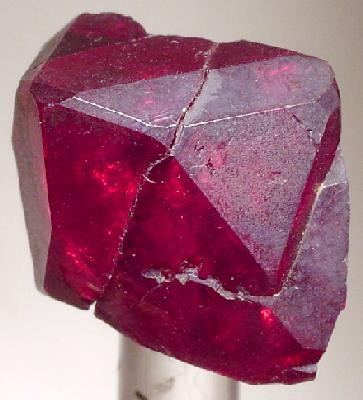 |  | Cuprite is an oxide mineral composed of copper(I) oxide Cu2O, and is a minor ore of copper. Macking Cu2O and CuO : Video |
 |  | Tenorite is a copper oxide mineral CuO. The chemical name is Copper(II) oxide or cupric oxide. It is also called Black Copper. |
 | Malachite is a copper carbonate hydroxide mineral, with the formula Cu2CO3(OH)2. |
1. Reduction of Copper (II) Oxide (CuO):
Using C: 2CuO + C (charcoal) ---> 2Cu + CO2 Video
Using H: CuO + H2 ----------------> Cu + H2O Video
The carbon in the charcoal acts as the reducing agent, removing oxygen from the copper oxide, leaving behind
pure copper metal and carbon dioxide as a byproduct.
2. Decomposition and Reduction of (CuCO3):
Decomposition: CuCO3 ---> CuO + CO2 Video
Reduction: 2CuO + C (charcoal) ---> 2Cu + CO2 Video
This is a thermal decomposition, where the copper carbonate is heated and decomposes into copper oxide (CuO)
and carbon dioxide gas. In this reaction, copper remains in the +2 oxidation state as CuO.